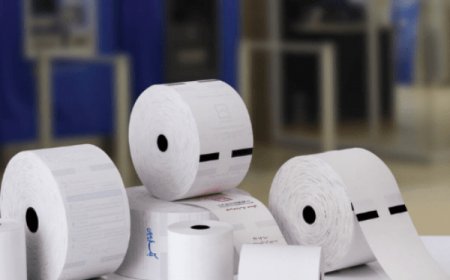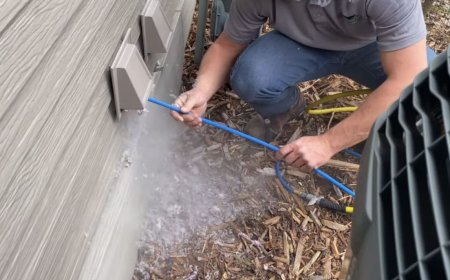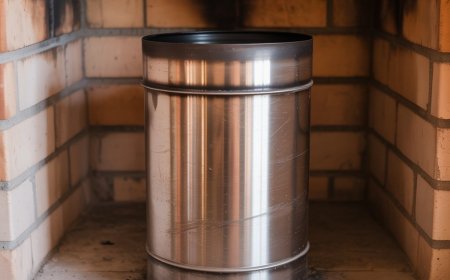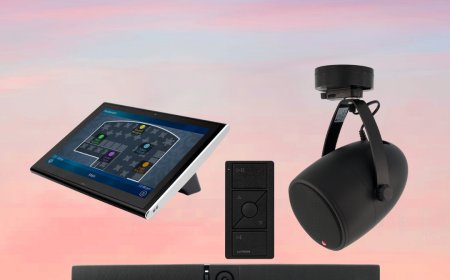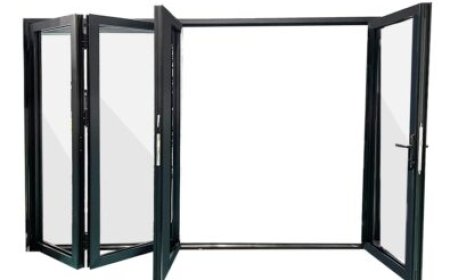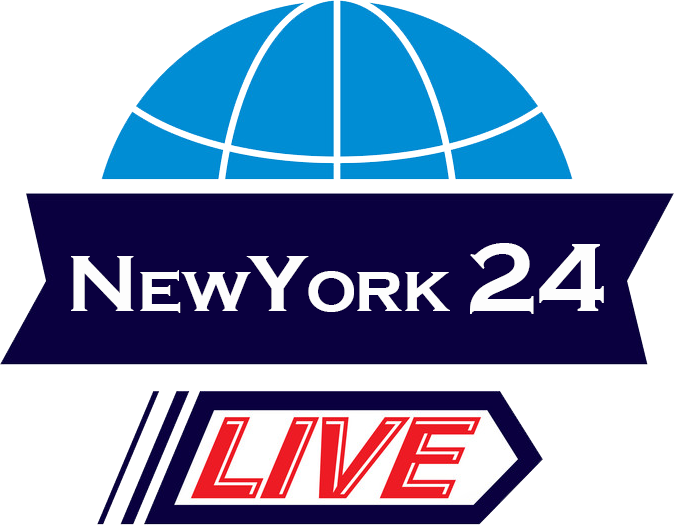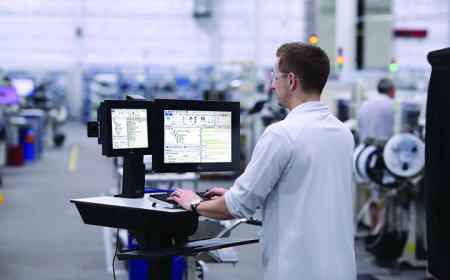Chilled Mirror Hygrometer | The Gold Standard in Humidity Measurement
A chilled mirror hygrometer is a scientific instrument used to measure the dew point temperature of air or gas. Dew point is the temperature at which air becomes saturated with water vapor.
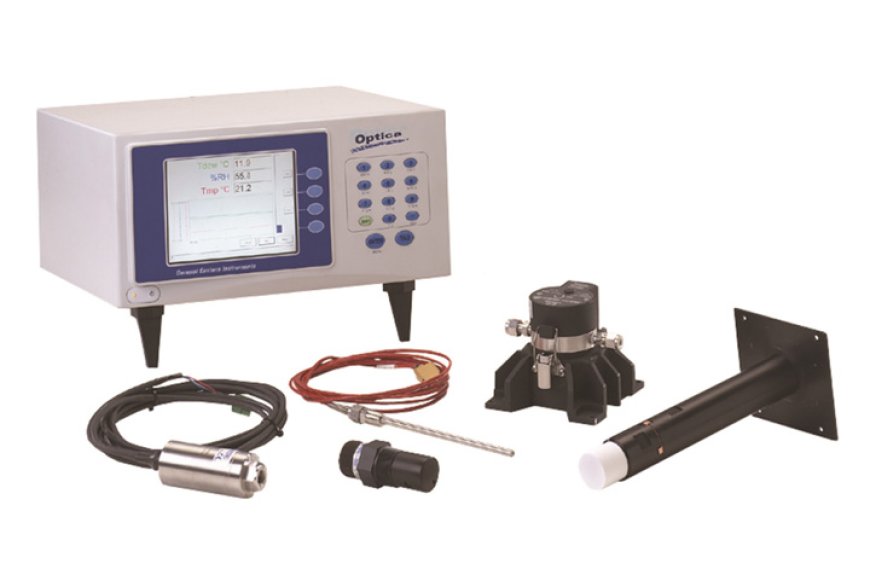
In industries where precise humidity control is criticalsuch as pharmaceuticals, aerospace, semiconductors, HVAC, and meteorologythe Dew Point Sensor stands as the gold standard for accuracy and reliability. Unlike other humidity sensors that rely on indirect measurements, chilled mirror hygrometers determine humidity by directly measuring the dew point, which is a fundamental property of air moisture content. This makes them invaluable in applications where the slightest variation in humidity can affect product quality, research outcomes, or system efficiency.
This comprehensive guide explores the working principles, advantages, applications, maintenance, and technological developments surrounding Dew Point Sensor. Whether you're an engineer, researcher, or industry professional, understanding this precision instrument will help you make informed decisions about humidity monitoring and control.
What Is a Chilled Mirror Hygrometer?
A chilled mirror hygrometer is a scientific instrument used to measure the dew point temperature of air or gas. Dew point is the temperature at which air becomes saturated with water vapor, leading to condensation. By cooling a highly polished mirror surface until condensation just begins to form, the Dew Point Sensor accurately determines the dew point.
This dew point can then be used to calculate other moisture parameters such as relative humidity, absolute humidity, mixing ratio, and water vapor pressure, depending on the accompanying temperature and pressure data.
Unlike capacitive or resistive sensors, which infer humidity from electrical properties, the chilled mirror method provides a direct and traceable measurement based on physical principles. This makes it highly accurate and suitable for calibration standards.
How Does a Chilled Mirror Hygrometer Work?
The chilled mirror hygrometer operates through a highly controlled optical and thermal process:
Sample Flow: A stream of air or gas is directed over a small, temperature-controlled mirror surface.
Cooling Mechanism: A thermoelectric (Peltier) cooler systematically reduces the mirrors temperature.
Condensation Detection: A light beam is directed at the mirror and reflected to a photodetector. As the mirror cools, water vapor condenses into tiny droplets on the surface. This changes the intensity or scatter of the reflected light.
Dew Point Stabilization: A feedback loop adjusts the mirror temperature to maintain a stable layer of condensationneither increasing nor decreasing. The temperature at this equilibrium is the dew point.
Output: The instrument displays or transmits the dew point data, which can be further processed to calculate other humidity parameters.
Because this method is based on thermodynamic equilibrium, it ensures high repeatability and long-term stability, even in harsh or variable conditions.
Advantages of Using a Chilled Mirror Hygrometer
There are several compelling reasons why professionals choose Dew Point Sensor over other humidity sensors:
-
Unmatched Accuracy: Typical measurement uncertainty is as low as 0.1C dew point, which surpasses most electronic sensors.
-
Primary Measurement Method: Since the dew point is directly observed, the data is inherently trustworthy and traceable to international standards (like NIST or ISO).
-
Long-Term Stability: Unlike capacitive or polymer-based sensors, chilled mirror systems do not degrade significantly over time.
-
Broad Operating Range: Suitable for dew points from -80C to +85C and across a wide range of pressures.
-
Resistant to Contaminants: Many units include self-cleaning functions or contamination-tolerant designs for industrial gases or harsh environments.
-
Ideal for Calibration Labs: Due to their traceability and precision, these hygrometers are frequently used to calibrate other humidity sensors.
Applications of Chilled Mirror Hygrometers
Because of their precision and reliability, Dew Point Sensor are used in a wide array of industries and scientific applications:
Pharmaceutical and Biotechnology
Maintaining strict humidity control during drug formulation, storage, and production is crucial. A slight deviation in moisture levels can lead to degradation or instability in sensitive compounds. Dew Point Sensors are often installed in cleanrooms, incubators, and storage facilities to ensure compliance with Good Manufacturing Practices (GMP).
Meteorological Research and Weather Stations
In atmospheric studies, accurate dew point measurements are essential for forecasting and climate modeling. Chilled mirror sensors are often integrated into weather balloons, climate research facilities, and national meteorological stations.
Aerospace and Aviation
Aircraft cabins and fuel systems require rigorous humidity monitoring to prevent condensation, corrosion, or fuel contamination. Dew Point Sensor are employed both in testing environments and during routine maintenance to validate humidity control systems.
Semiconductor and Electronics Manufacturing
Moisture contamination in semiconductor fabrication can cause microscopic corrosion or failure in integrated circuits. Dew Point Sensor help maintain ultra-dry environments (often below -60C dew point) to protect sensitive microelectronics.
HVAC and Environmental Chambers
In HVAC system testing, chilled mirror sensors validate environmental conditions under precisely controlled humidity levels. Similarly, in test chambers for automotive and industrial equipment, dew point control ensures accurate simulation of real-world conditions.
Natural Gas and Industrial Gases
Moisture content in gas pipelines affects combustion efficiency, safety, and metering. Dew Point Sensor are used to detect trace moisture levels in compressed air, nitrogen, hydrogen, and natural gas lines.
Challenges and Maintenance Considerations
Although chilled mirror hygrometers offer outstanding performance, they require some degree of maintenance to ensure consistent accuracy:
-
Mirror Contamination: The reflective mirror surface can accumulate dust, oil, or chemical residues. Most units require periodic cleaning or feature automatic cleaning cycles (using heated purge or wipers).
-
Sensor Drift: While rare, thermal sensors used in the feedback loop may need recalibration over time.
-
Gas Purity: In contaminated or pressurized gas samples, filtration systems should be installed upstream to prevent damage to internal components.
-
Power Consumption: The cooling mechanism (usually a Peltier element) consumes significant power and may require cooling fans or heat sinks, especially in high-dew-point measurements.
Despite these challenges, modern systems are increasingly automated, reducing the burden on operators and improving uptime in industrial settings.
Recent Technological Developments
Recent innovations have enhanced the functionality, accuracy, and usability of Dew Point Sensor:
-
Portable and Handheld Models: Compact designs now offer field technicians high-accuracy dew point readings in a carry-friendly format.
-
Digital Interfaces: Most new models come with Ethernet, Modbus, USB, or wireless connectivity for seamless integration with data acquisition systems.
-
Self-Diagnostics: Built-in health monitoring helps detect drift or contamination before it affects measurement accuracy.
-
Multi-Sensor Platforms: Advanced hygrometers combine dew point with pressure, temperature, and flow sensors for comprehensive gas monitoring in a single unit.
These developments make Dew Point Sensor more accessible, versatile, and user-friendly across industries.
Conclusion
The chilled mirror hygrometer remains the most reliable instrument for measuring dew point and assessing humidity in critical environments. Its direct measurement method, unparalleled accuracy, and long-term stability make it an indispensable tool for industries where moisture control is non-negotiable.
Although it requires regular maintenance and upfront investment, the benefits of using a Dew Point Sensor far outweigh the costs. It enables better quality control, supports regulatory compliance, and ensures optimal environmental conditions for sensitive processes.













